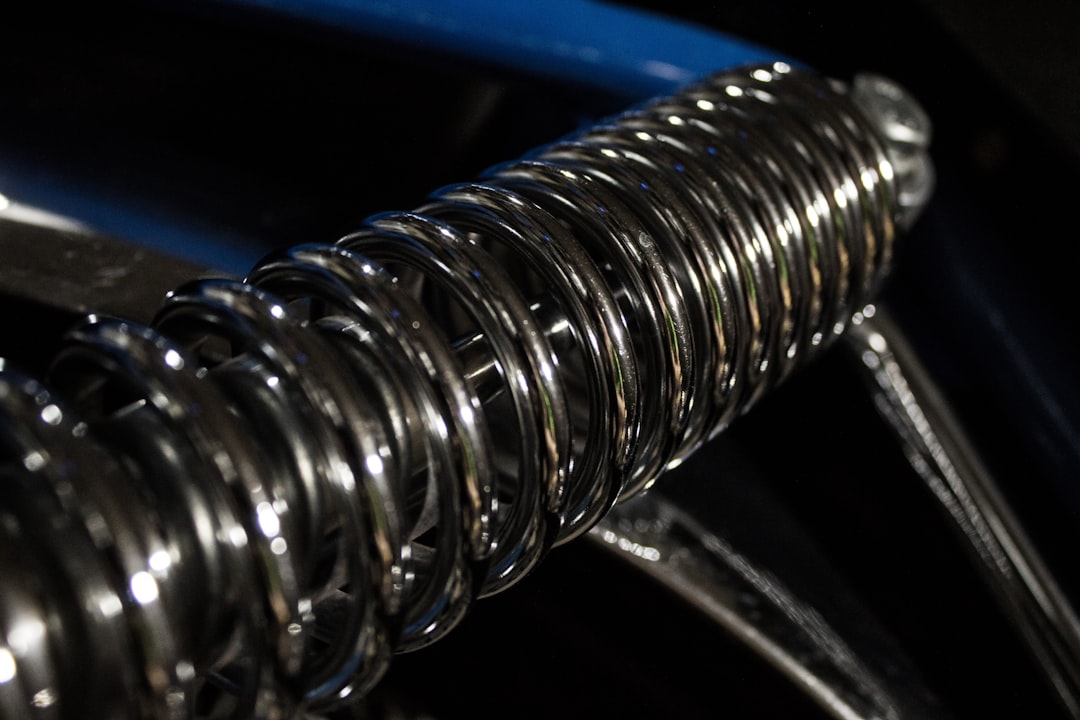What is it about?
Lignosulfonates are excellent expanders in lead-acid batteries. Higher and higher demands on the batteries also gives higher demands on the different materials that go into the battery. In this work we look in depth at the interactions between a number of different lignosulfonates the lead sulfate, lead and lead dioxide formed during the cycling of the battery as well as lead oxide used during the production and barium sulfate and carbon black which are added to the battery pastes. The differences in adsorption to these materials is investigated. Differences in adsorption behaviour between different fractions of the lignosulfonate is discovered.
Featured Image
Why is it important?
Renewable energy sources like wind or solar power can not be produced entirely on demand. A way of storing the energy is needed, and batteries might provide the solution. Thus understanding of the many different and complex interactions in a lead acid battery also becomes important. This work originated more directly from the automotive batteries, though. The demand on the batteries in cars also increased with more and more electronic systems in the cars.
Perspectives
By taking "one step back" and investigating some of the fundamentals in detail we were able to understand the interactions better and eventually design and produce new expanders with properties as good as or better than the old ones.
Dr Bernt O Myrvold
Borregaard LignoTech
Read the Original
This page is a summary of: Interactions between lignosulphonates and the components of the lead-acid battery, Journal of Power Sources, May 2003, Elsevier,
DOI: 10.1016/s0378-7753(03)00018-1.
You can read the full text:
Contributors
The following have contributed to this page










